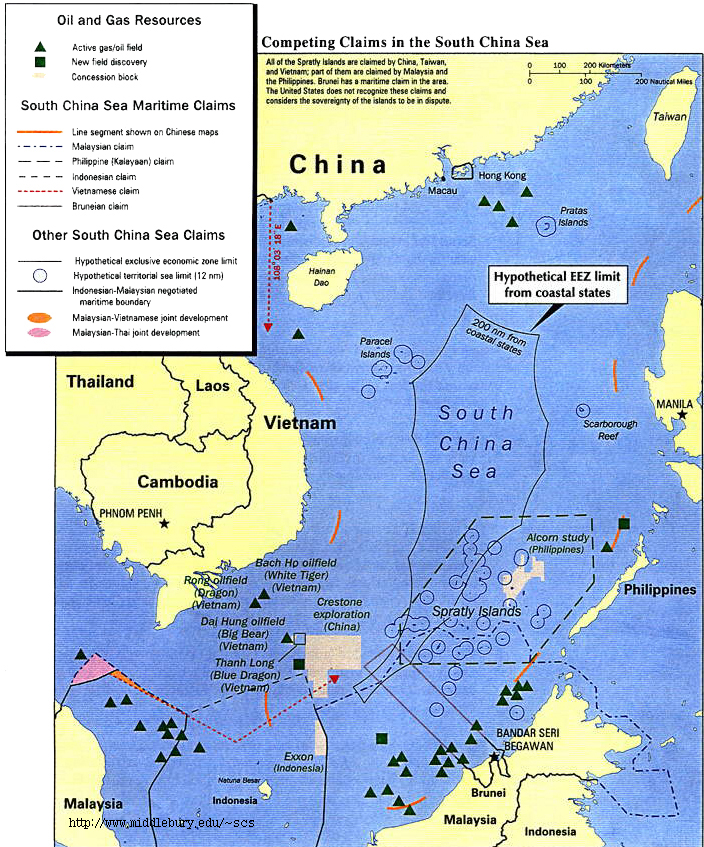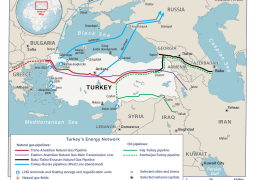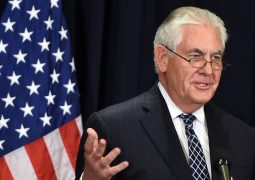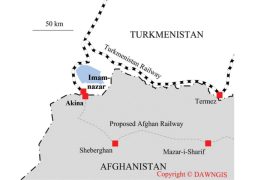South China Sea conflict potential remains to be addressed: Yet another assessment and proposal

Keeping peace on the seas
By DR YAN YAN – April 4, 2019 @ 11:21pm
THE South China Sea has been at the centre of concern in the international community due to its strategic and geopolitical importance. No single issue might be more eminently dangerous than the South China Sea issue to drive regional tension and great-power rivalry.
The past three years witnessed a relatively stable and peaceful period, due to joint efforts by China and Asean member states, especially bordering countries.
What will the situation be in 2019? Will tension rise again between relevant states? How can freedom and safety of navigation in the South China Sea be guaranteed?
Approaching the Code of Conduct (COC) is the priority task for a rules-based order in the South China Sea Region.
In the past decade, there have been calls for a regional code of conduct for the South China Sea to ensure peace and stability through regulating behavior. The first Working Group Meeting for 2019—the 27th JWG Meeting was held in Naypyidaw, Myanmar from Feb 27 to 28.
Since the official launch of the COC negotiation in September 2013, the Code of Conduct negotiation achieved quite a lot of progress.
In May 2017, the 14th Senior Officials Meeting held in Guiyang reviewed and approved the draft framework of COC.
In November 2018, Singapore Foreign Minister Vivian Balakrishnan announced that the Asean member states and China had reached the single draft of the COC negotiating text.
The leaders of the 11 countries also agreed to complete the first reading within 2019. At the East Asia Summit, Chinese Premier Li Keqiang proposed the vision of completing the COC consultation within three years, which means we will see a Code of Conduct within 2021 if everything goes smoothly.
The proposal reflects China’s preference for an early conclusion of the rules and principles conducive to regional peace and order.
Amid the constructive environment of pushing forward the COC, extra-regional powers expressed their concern as a “third party” and tried to be involved in the process.
What is at stake is no less than the relationship between China and neighbouring countries as well as the negotiation of the COC.
Maritime cooperation is key to China and Asean’s shared destiny and to preserving peace in the region before disputes are resolved.
Stability in the South China Sea is bound to suffer from the continuing differences of views on territorial dispute issues.
Solving maritime disputes through dialogue and consultation with directly-involved States is the general practice in history.
Building trust and confidence is the very first step. It is common understanding to better start with maritime cooperation on a sectoral basis, such as marine environmental protection, the safety of navigation and search and rescue at sea.
Cooperation and regime building in non-traditional security sectors can also build trust and confidence and spill over into co-operation on traditional security issues.
China has been pushing maritime cooperation projects with Asean member states for the past decade.
In 2011, China established the China-Asean Maritime Cooperation Fund valued at RMB 3 billion (RM1.82 billion), established a new platform for cooperation, and it was officially launched in 2015.
In 2013, during his visit to Southeast Asia, Chinese President Xi Jinping shared that China hoped to vigorously develop a maritime partnership with Asean in a joint effort to build the Maritime Silk Road of the 21st century.
In April 2016, China and Asean member states pledged to implement achievements of “early harvest”, including “the Hotline platform among Senior Officials of the MFA of China and Asean countries in Response to Maritime Emergencies” “the China-Asean hotline platform for maritime search and rescue”.
In the 13th Senior Officials Meeting that August, all parties reviewed and approved “the Guidelines for Hotline Communications among Senior Officials of the Ministries of Foreign Affairs of the Asean Member States and China in Response to Maritime Emergencies” and “a Joint Statement on the Application of the Code for Unplanned Encounters at Sea in the South China Sea”.
In terms of hard security issues, last year, the China-proposed joint military exercise was held from Aug 2 to 3 in the form of a table-top exercise at Singapore’s Changi naval base.
On Oct 22, the first-ever organised joint maritime exercise was held in Zhanjiang, involving more than 1,000 personnel and eight vessels.
Maritime security cooperation requires quite a leap of faith and it takes time and collective effort for China and Asean member states to achieve.
It is also worth mentioning that maritime cooperation involves dynamic interactions among different players: government authorities, individuals, the public and so forth.
These players must be educated to understand the benefits of maritime cooperation and the importance of confidence building. Hence, it is important for the governments of the coastal states to increase public awareness of it.
Freedom and safety of navigation in the South China Sea is crucial to international shipping and the global economy.
The United Nations Conference on Trade and Development estimates that roughly 80 per cent of global trade by volume is transported by sea.
And the South China Sea is carrying an estimated one-third of global shipping of that volume. It is undoubtedly a critical commercial gateway of the world’s merchant shipping.
Freedom of navigation is never a problem in the South China Sea. None of the coastal states will threaten or have ever threatened the shipping routes of the South China Sea.
To China, the second-largest economy in the world, more than 60 per cent of its maritime trade in value travels through this vital shipping route. Freedom and safety of navigation is also a crucial issue to China’s maritime interest in the region.
However, in terms of safety of navigation, there are more than 250 shipping incidents which occured in this vast water in the past decade.
To prevent such incidents, bordering states could establish information-sharing platform in areas such as disaster alarm, shipping information and search and rescue.
The Code of Conduct should also embrace incident prevention elements so as to enhance maritime cooperation in this less-sensitive non-traditional security issue. It will be conducive to all user states passing through the South China Sea.
In the long run, maintaining peace and stability requires collective efforts from regional powers as well as all user states.
Achieving the Code of Conduct will benefit all and help establish a rules-based order in the region. For China and Asean member states, deepening maritime cooperation will not only help build trust but also tackle common maritime threats.
It will take considerable time and diplomatic effort, but it is worthy. The road ahead will be long; our climb will be steep.
The writer is director of Research Center for Oceans Law and Policy, National Institute for South China Sea Studies
- Previous View from Malaysia: Will the US-China trade war get worse?
- Next US-India Strategic Partnership in Action: US approves $2.6 billion sale to India of 24 MH-60R multi-mission helicopters
















